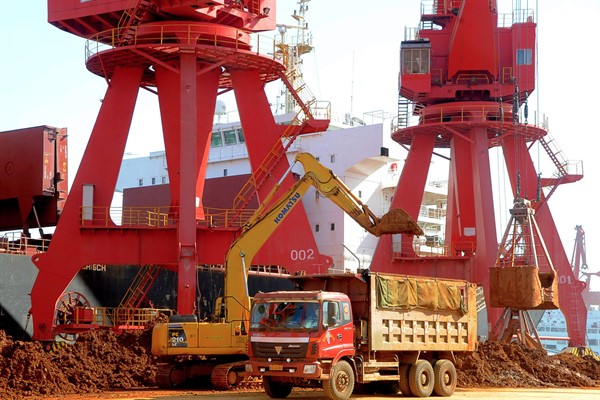Depending on who you ask, there are either good reasons to panic about China one day weaponizing its dominance of the market for rare earth elements, or to think that the risk is overblown. Judging from President Joe Biden’s executive order last week calling for a major 100-day review of U.S. strategic supply chains, including rare earths, in order to spur domestic production, Washington is starting to take that risk more seriously than ever. That could be a very good thing, not only for the United States but for the world.
There is no debating that the coming shift to electric vehicles and greater reliance on renewable energy will drive up competition over rare earths, which are crucial to manufacturing everything from mobile phones to batteries for electric cars and wind turbines. The only real question is how the rest of the world outside China, and especially the U.S., is going to cope with the coming competition over rare earths.
As it stands today, the U.S. only has one working rare earths mining operation in California, while exploration is ongoing for other potential domestic deposits in Alaska, Nebraska, Texas and Wyoming. But many estimates suggest that it would take the U.S. 10 to 15 years to bring new mines online and create the kind of processing capacity needed to wean itself off its dependence on China for rare earth elements. What matters now is what the U.S. does in the interim. Biden’s executive order is the first real sign that the U.S. intends to lean hard into structural change and ready itself for a long, difficult fight over these resources.

